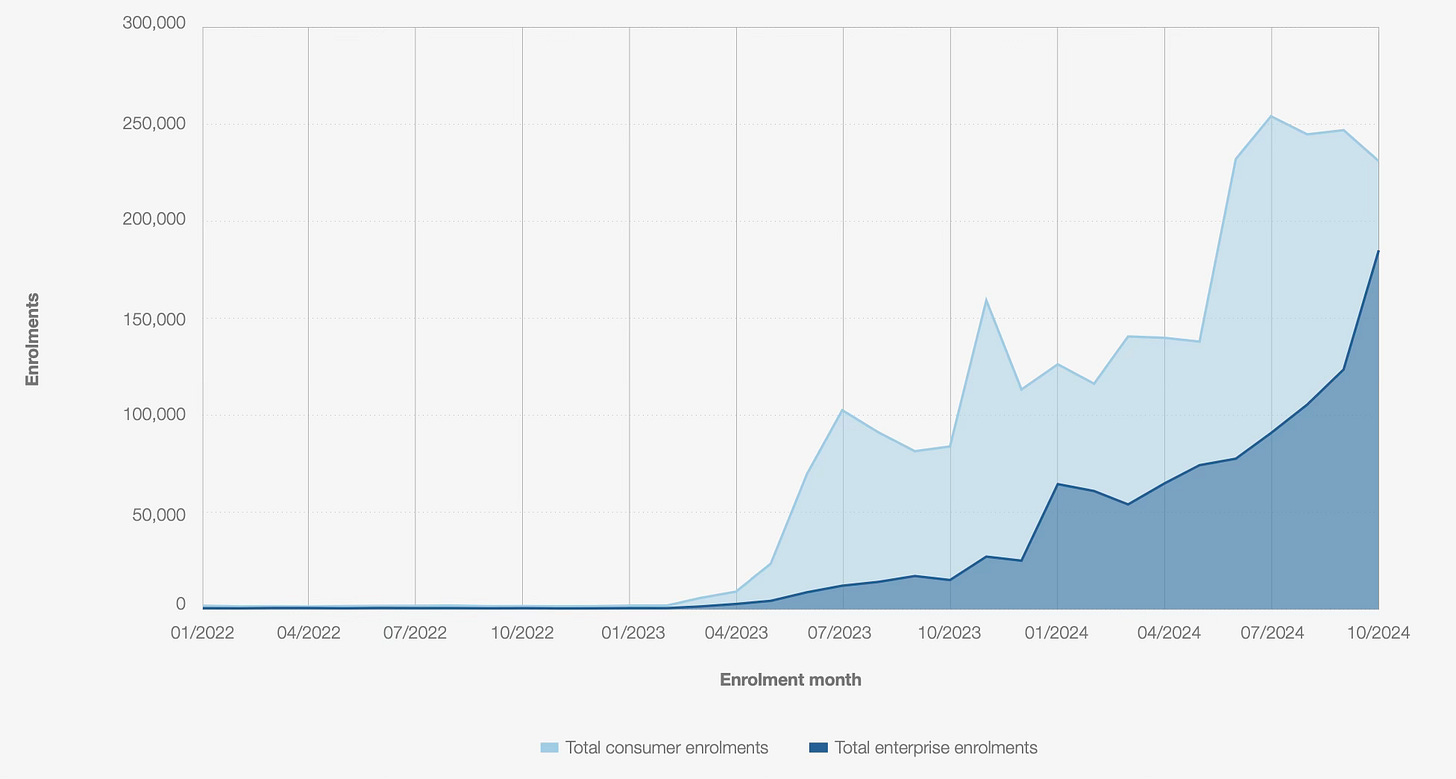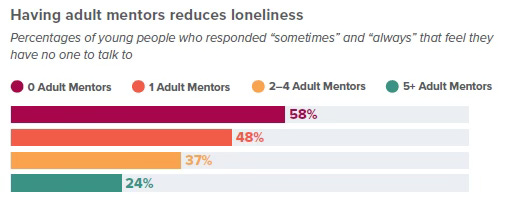Human Capital Intel - 5/7/25
Staying ahead of skill shifts | Job market flips | PTO hoarding | Anxious managers | Burnout = loneliness?
Welcome to the latest edition of Human Capital Intelligence, your weekly brief synthesizing over 250 leadership, HR, and people sources to filter out the noise. As always, we would love to hear from you at ken@reyvism.com with questions you’d like answered or topics covered.
Sent this by a friend? Sign up here to receive HCI in your inbox every week.
By Ken Stibler; Powered by Reyvism Analytics
Deep Dive:

Preparing for the skill development “hamster wheel”
Remember "prompt engineer"? Two years ago it commanded salaries up to $200,000 as companies sought their "AI Whisperers," yet now it's virtually obsolete. It’s not just prompting, technical skills only last around 2 years now before becoming obsolete. This timeline creates a perpetual "hamster wheel" where professionals must sprint just to maintain relevance.
39% of all workers' skill sets will become outdated between 2025-2030 according to the World Economic Forum
Yet knowledge workers now face an impossible equation: they need as much as 25% of work hours for skill development yet report having less than 5% available. This creates what experts call "skills bankruptcy" on organizational balance sheets, compounded by shrinking L&D budgets despite escalating needs. The math simply doesn't work, threatening adaptability, competitiveness and key employee retention.
It’s up to leaders to reframe learning as core infrastructure. Implement focused "skill sprints," invest in AI-powered micro-learning, and establish personal development allowances.
While difficult to stomach in the short term, allocating 8-10% of work hours to upskilling and embedded learning has a rapid impact on efficiency. Companies with robust development frameworks report 22% higher productivity and 30% higher engagement.
What’s Next: Its not just about learning new things outside the organization, it’s about learning from each other. Lunch and learns are a good start, but low-lift, systematized knowledge sharing, like a shared doc or thread of new GenAI prompts helps everyone stay ahead.
Spending cuts hit hiring. After 5 years, it's a buyer’s market again
Corporate America's uncertainty-driven hiring and spending freezes have shifted hiring dynamics, creating the first true buyer's market in half a decade.
“We expect the steep tariff increases and the surge in uncertainty and financial market volatility will result in the unemployment rate rising toward 5% in 2025.”
— EY’s Chief Economist posted on LinkedIn on U.S. employment expectations
Even without mass layoffs, the talent scarcity that defined post-pandemic labor markets has given way to surging application volumes. Yet this apparent employer advantage doesn't necessarily translate to easier hiring. Three persistent structural problems remain unsolved by cyclical shifts:
Market inefficiency continues to plague recruitment, with qualified candidates and open roles failing to connect as LinkedIn profits from the misery.
Fundamental skill gaps persist as basic training has lagged new skills, leaving even experienced candidates unprepared for evolving workplace requirements.
Critical skill shortages in specialized sectors remain unchanged regardless of overall market conditions.
What’s Next: Structure talent gaps won’t be solved by market timing. As colleges get further behind and less applicable, organizations that want top talent will either have to pay for it or do the hard work of developing robust training and development systems
Quote: Levering love languages at work
“When employees feel recognized in ways that resonate with them personally, their sense of emotional safety, loyalty, and motivation increases dramatically.”
—Seth Eisenberg, president of Pairs Foundation, on why he encourages managers to incorporate the concept of “love languages” into the workplace
Reading List: Mental Health Awareness Month

Loneliness pushes GenZ back to the office
GenZ employees are increasingly leading the return-to-office movement, with workers under 24 averaging 3.1 days per week in-office versus 2.5-2.7 days for older colleagues according to JLL research.
Workplace experts now identify burnout as primarily a "disconnection crisis," explaining why younger professionals who experienced pandemic isolation during formative years seek in-person interaction despite valuing flexibility. As one 22-year-old put it, "my vision of my twenties is not being sat at home with lots of Zoom calls."
What’s Next: Pull don’t push. This trend is actionable if you market the social perks and culture of the office rather than using it as an explicit justification to force people back.
HR Watch: ‘Holiday hoarding’ of PTO
Employees are increasingly stockpiling PTO, despite mounting burnout risks. A new survey found that 39% of workers have already quit jobs due to mental health concerns.
While companies are experimenting with mandatory vacation days and unlimited PTO policies, the most effective countermeasures involve leadership modeling healthy time-off practices and implementing transparent scheduling systems.
What’s Next: Just something to monitor, for now. For business that rely on staffing schedules, this new approach could create nasty surprises for service levels during vacation season.
Mid-career managers have the highest AI anxiety
Middle managers are experiencing the most severe anxiety about job security, with 45% reporting significant layoff concerns compared to just 26% of individual contributors. This vulnerability stems from their position – receiving troubling information from both leadership and frontline employees while lacking complete context on executive decisions.
Poor communication compounds the problem, as only 54% of employees report transparent messaging about workforce reductions, leaving managers caught in an information void that intensifies their already declining engagement levels.
What’s Next: The hits keep on coming, effective communication isn’t just for the line level, if you’re an exec, leveling about changing skills, role, and functional needs can nip debilitating anxiety in the bud.
Data Point: Investing learning
93%
Percentage of companies that believe a ‘strong learning culture’ boosts engagement, despite only 67% of companies increasingly learning and development spend.
In Other News:
How Top CEOs Stay Connected to the Front Lines. (Hunt Scanlon)
Empathy Is a Non-Negotiable Leadership Skill. Here’s How to Practice It. (Harvard Business Review)
White House declares goal to reach 1M new apprentices per year. (HR Dive)
UPS to Cut 20,000 Jobs This Year as It Slashes Amazon Volume. (Bloomberg)
‘I can’t find any help’: Employers scramble to solve worker shortages caused by immigration crackdowns. (HR Dive)
Companies tend to hire based on “vibes”, not skills, study shows. (HR Dive)
The more workers try to improve tasks, the worse their mental performance by closing time - research. (Harvard Business Review)
Tech Workers Are Just Like the Rest of Us: Miserable at Work. (Wall Street Journal)



